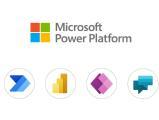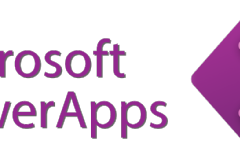The Microsoft Power Apps and Power Automate training class I conducted was designed for business professionals, IT administrators, and developers seeking to enhance their skills in creating custom applications and automating workflows. The class welcomed individuals with various levels of technical expertise, from beginners to those with prior experience in using these tools.
In this class, students learned the fundamentals of Power Apps, including designing user interfaces, connecting to data sources, and creating responsive and interactive applications without writing code. They gained hands-on experience in building canvas apps and leveraging built-in templates and controls to create customized solutions.
Additionally, students learned how to automate business processes using Power Automate. They were introduced to triggers, actions, conditions, and loops, and learned how to create flows to streamline tasks such as document approvals, email notifications, and data synchronization. They also explored advanced features like error handling, parallel branching, and integrating Power Automate with other Microsoft services.
Throughout the training, students received guidance on best practices, security considerations, and how to deploy and manage their Power Apps and Power Automate solutions effectively. By the end of the training, students had acquired the skills to design and build custom applications and automate workflows using Microsoft Power Apps and Power Automate, enabling them to drive digital transformation within their organizations and improve efficiency.






